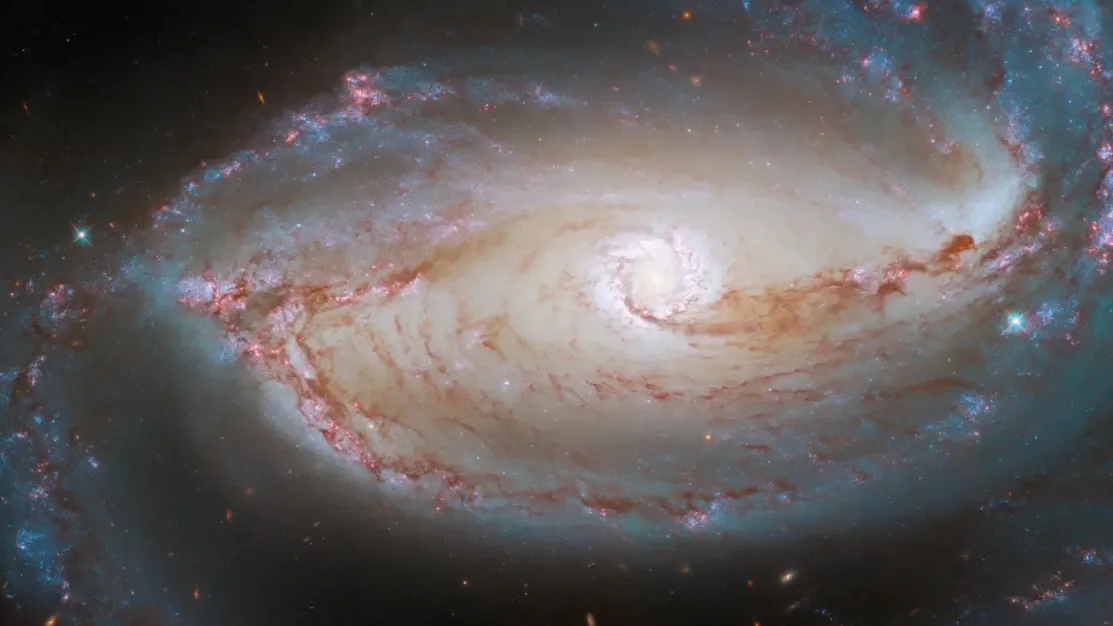
NASA has chosen its next Astrophysics Medium-Class Explorer mission.
The UltraViolet EXplorer (UVEX) will launch in 2030 to conduct an all-sky survey in ultraviolet light to bring new understanding of how stars and galaxies evolve.
The space observatory will be designed to be capable of quickly pointing toward ultraviolet light sources. This will allow it to capture violent cosmic events such as the explosions that follow gravitational waves from merging neutron stars, NASA officials said.
Related: What are gravitational waves?
It will also include an ultraviolet spectrograph for studying massive stars and stellar explosions.
"NASA's UVEX will help us better understand the nature of both nearby and distant galaxies, as well as follow up on dynamic events in our changing universe," said Nicola Fox, associate administrator, Science Mission Directorate at NASA Headquarters in Washington in a Feb. 13 statement announcing the mission's selection.
"This mission will bring key capabilities in near-and far-ultraviolet light to our fleet of space telescopes, delivering a wealth of survey data that will open new avenues in exploring the secrets of the cosmos," she added.
UVEX's observations — together with other ongoing and upcoming space survey missions, including the European Space Agency's Euclid and NASA's Nancy Grace Roman Space Telescope — will help astronomers build a map of the universe across a number of wavelengths of light.
"This new telescope will contribute to our understanding of the universe across multiple wavelengths and address one of the major priorities in astrophysics today: studying fleeting changes in the cosmos," said Mark Clampin, director of the Astrophysics Division at NASA Headquarters.
UVEX will have a two-year primary mission lifetime. SpaceNews reported that the launch date of 2030 represents a two-year delay to the mission, due to budgetary issues.
The mission's science work will be led by Fiona Harrison, an astronomer at the California Institute of Technology in Pasadena. Partners include the University of California at Berkeley, Northrop Grumman and the Space Dynamics Laboratory. UVEX will cost approximately $300 million, excluding launch costs .
The Explorers Program is dedicated to providing frequent, low-cost access to space using principal investigator-led space science investigations and is the oldest continuous NASA program, according to the agency.







